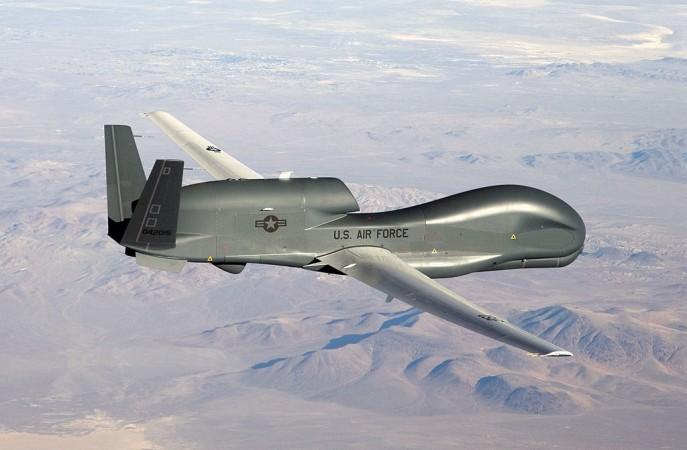China is currently working on high-altitude spy drones that can help it dominate the "near space" -- a region of the Earth's atmosphere, which has become the area of interest for military surveillance purposes over the last few decades.
Near space, which lies between 20 and 100 kilometres above the sea level, has so far been regarded as a "death zone" for drones as they find it difficult to generate lift because of the thin air at this altitude. Extremely low temperature in this region can also cause serious damage to electronic components like batteries.

The newly-developed drones, which are currently being tested in China, can apparently withstand such difficulties. One of the two drones, tested at a research facility in Inner Mongolia last month, flew at an altitude of 25 kilometres while the other one was deployed at an altitude of 9 kilometres.
It was indeed a successful test for China as the American Northrop Grumman RQ-4 Global Hawk, which has been the highest flying drone in use, is limited to an altitude of about 19 kilometres. Chinese media has touted the test as a significant step towards Beijing's greater ambitions of exploiting near space for gathering military intelligence.

No traces on radar!
The spy drones, which were about the size of a bat, were instantly accelerated from zero to 100km/h through an electromagnetic pulse, before they moved towards their targets that were more than 100 kilometres away.
The drones were automatically adjusting course and altitude in flight while on-board sensors were beaming data back to a ground station. In addition, their small size also helped them deceive radar throughout their flight.
"The goal of our research is to launch hundreds of these drones in one shot, like letting loose a bee or ant colony," Yang Yanchu, lead scientist of the project with the Academy of Optoelectronics at the Chinese Academy of Sciences in Beijing, told South China Morning Post.

Cost-effective solution
Existing high-altitude drones like the MQ-9 Reaper and China's Caihong 5 series are limited to an altitude of 10 kilometres while they also cost millions of US dollars to produce. The new spy drones being developed Yang's team, on the other hand, are estimated to be significantly cheap.
However, these drones are strong enough to withstand powerful electromagnetic launches. They are equipped with a terrain mapping device and an electromagnetic signal detector that help them trace military presence or activities.
"We expect to achieve some major breakthroughs by 2020. They will be stepping stones towards massive applications," Yang said.
Media reports in July said that China had started producing the CH-5 Rainbow, its deadliest drone ever, for global buyers. It was claimed at the time that the CH-5 can conduct both combat and reconnaissance missions while carrying up to 16 air-to-ground missiles.

















